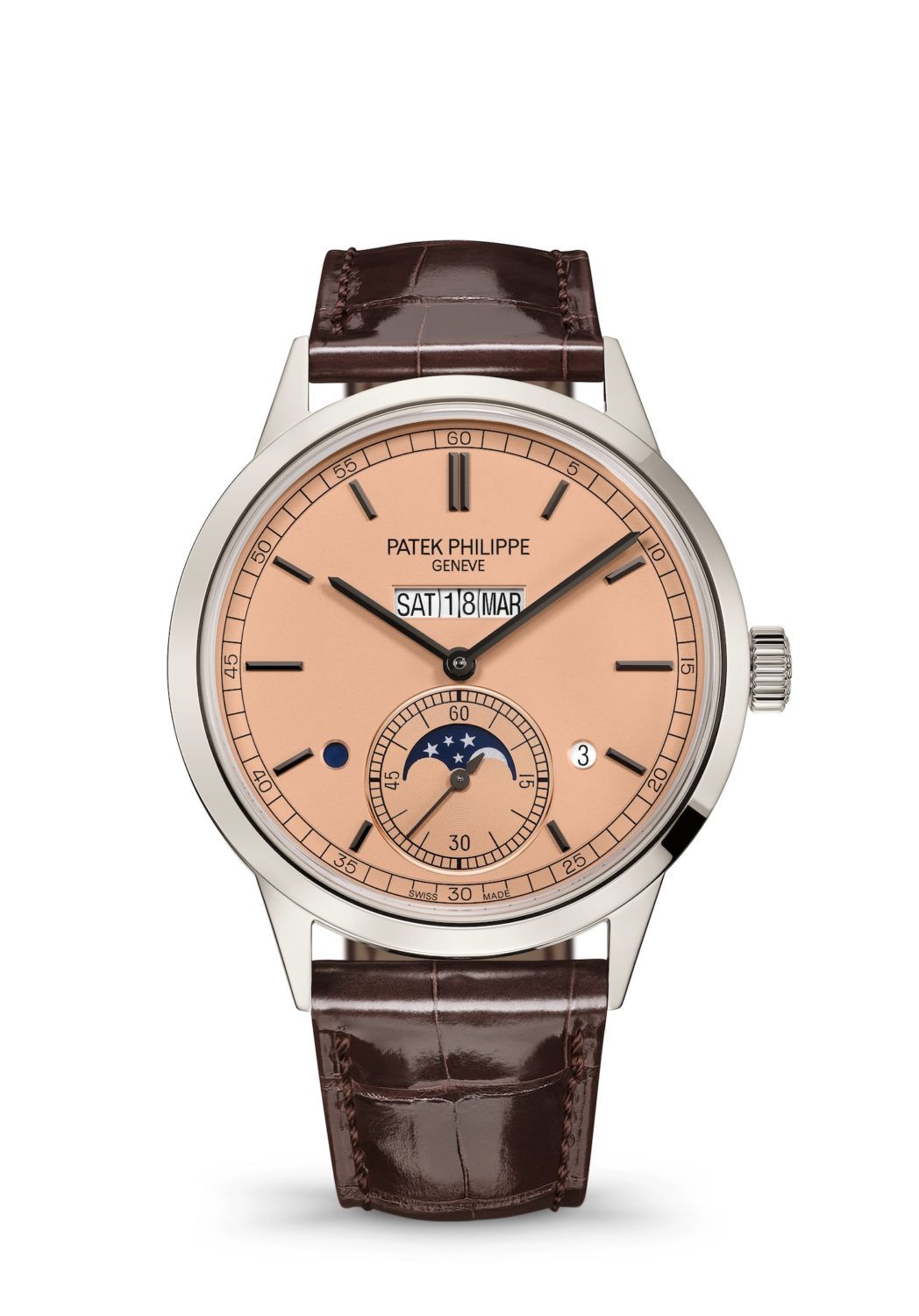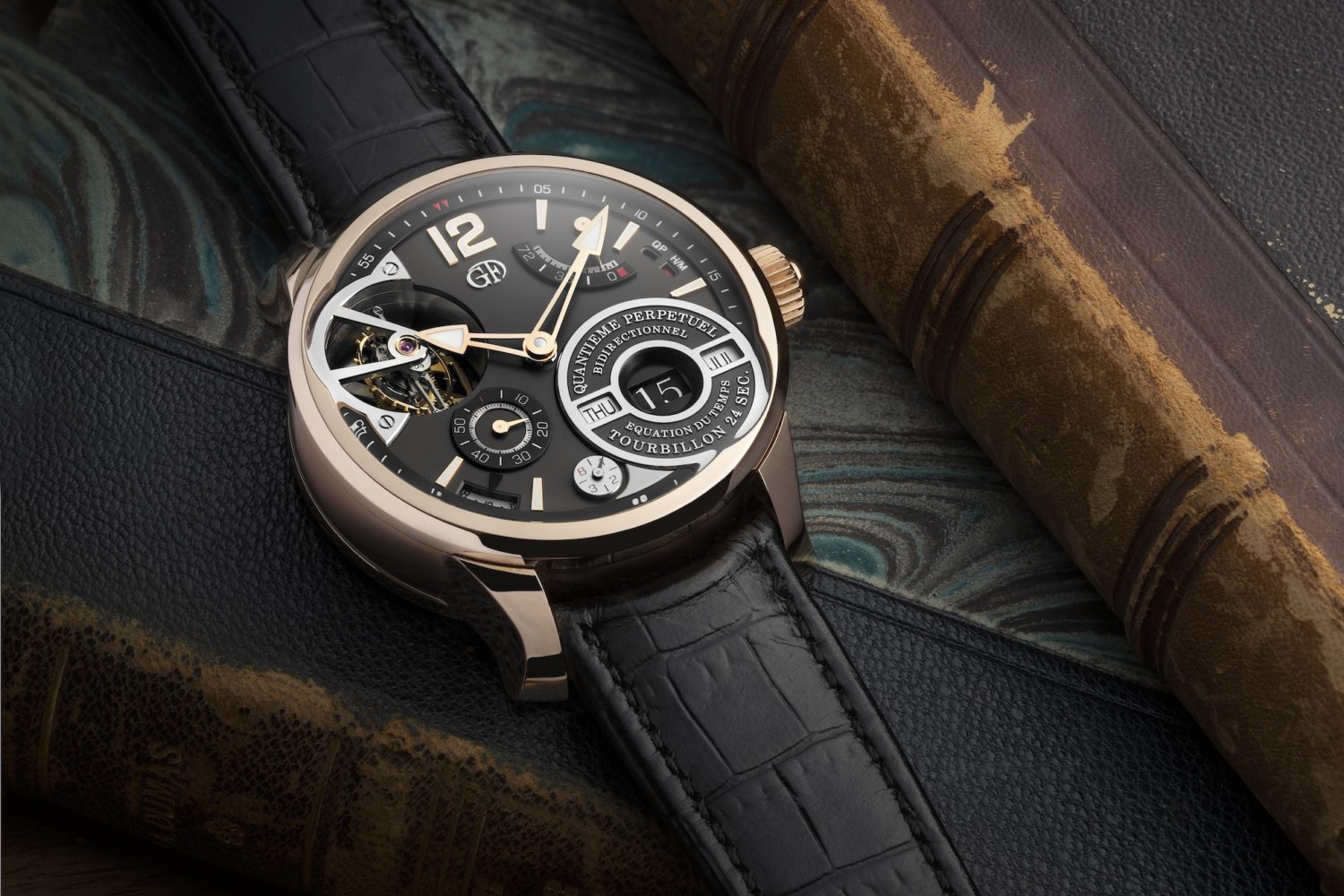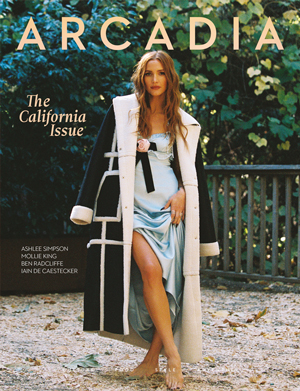Our current western calendar system, the Gregorian, went into effect in October 1582, by order of Pope Gregory XIII. It was implemented to solve inaccuracies with the Julian calendar, initiated by Julius Caesar in 46BC, which counted a 365.25-day year. The seven-day week aggregated into months of varying length, whether 30 days, 31, 28, or every four years, 29. The correction with the Gregorian was that every 400 years, the number of days in February returned to 28. The next leap year exception occurs on February 28th 2100, to bring the calendar approximately in line with earth’s orbit at 365.242 days.
While the 24-hour day is accurate, variations around the calendar count in terms of days, weeks and months in the year create complexity for a mechanical watch. The problem is that mechanics require gears, which are not ideal for inconsistencies in orbital paths, and hence the need for idiosyncratic adjustments to be made to the mechanism from time to time. In this modern age of jet travel, further problems arise if you are going back in time across the international date line, or adjustment back to the correct date, day, month and year if the watch stops. Hence, there are so few true perpetual calendars that can continually run, year in, year out, accounting for the leap years, the days and weeks that comprise the months, but here are arguably the top three from the range available, selected for various solutions to the problem.

The grande-dame of the wristwatch perpetual calendar is Patek Philippe. Arguably the first brand to formulate a solution to the problem almost a century ago, their decades of refinement has resulted in the Patek Philippe Inline Perpetual Calendar ref. 5236P. If the watch is continually wound, the perpetual calendar will keep operating without any readjustment until February 28th, 2100. In other words, it does not automatically account for the leap year exception. The moon-phase display is accurate to one day every 122 years.

Greubel Forsey’s QP à Équation is more of an analogue computer than a mechanical watch. While the QP is a perpetual inline calendar, on the reverse of the watch is the year and an equation of time indicator. The equation being the difference between mean solar time (the 24-hour day) and actual solar time as the earth rotates the sun. The watch is manual wind, but with a quick set mechanism allowing radid adjustment to the correct time, day, date, month and year if it stops.
What makes the Greubel Forsey unique is the vertical arraying of the gears for the calendar, rather than lateral which is the usual standard approach, allowing the rapid adjustment forwards and backwards in time; so for example, you can find out what day of the week 20th July, 1248 was if so inclined. At the moment, the watch will either need the new gear, or to be adjusted, by February 28th, 2100. The addition of the leap year exception gear would allow the watch to run to January 1st, 4000.Released this year, the IWC Eternal Calendar updates the brand’s renowned perpetual calendar. The automatic watch will run until 31st December, 3999, and the only reason it stops there is that no one is too sure how far out the Gregorian calendar will be with the earth’s orbit at that time. It takes account of all leap years, including the exception. It also has a moon phase indicator accurate to a mind-blowing 1 day in 45 million years. In other words, once correctly set, the watch will follow the current Gregorian calendar until January 1st, 4000 without adjustment.







